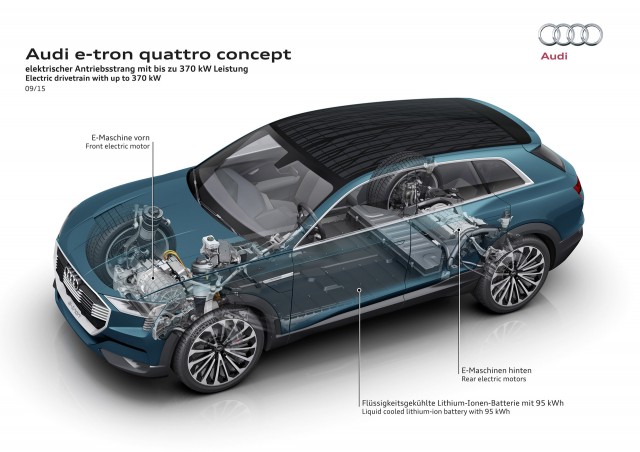Aston Martin Vantage.......
Vantage is raw and instinctive, unwavering in its singular purpose: to overwhelm the senses through its world-renowned design, agile performance and dedicated craftsmanship. Its heart beats with a high powered 4.0 litre twin-turbocharged V8, producing that visceral Aston Martin roar. A rare breed and a statement of independence on the road, Vantage embodies all that is beautiful in our performance sports car range.
Race track, winding country road or the everyday commute, Vantage is an Aston Martin of outstanding class, delivering a drive so intensely felt that it demands to be experienced time and time again.
HEART OF A BEAST
The heart of Vantage beats with a 4.0 litre twin-turbocharged V8 engine. Impressive acceleration of 0-62 mph in 3.6 seconds and a speed of up to 195 mph deliver raw athleticism and an enticing performance feel.





A BORN PREDATOR
Vantage is raw and instinctive, unwavering in its singular purpose: to overwhelm the senses through its world-renowned design, agile performance and dedicated craftsmanship. Its heart beats with a high powered 4.0 litre twin-turbocharged V8, producing that visceral Aston Martin roar. A rare breed and a statement of independence on the road, Vantage embodies all that is beautiful in our performance sports car range.
Race track, winding country road or the everyday commute, Vantage is an Aston Martin of outstanding class, delivering a drive so intensely felt that it demands to be experienced time and time again.
UNMISTAKABLE PRESENCE
Like the archetypal hunter, everything has been finely tuned for a purpose. Sculptural forms create an athletic predatory stance, while muscular flanks and broad haunches express the agility and dynamism inherent to the car.A STATEMENT OF INTENT
The signature ultra-slim rear light graphic illuminates the full-width of the tailgate, accentuated by the flick in the Vantage’s tail. It provocatively expresses the car’s animalistic character in what is set to become an iconic symbol of performance.IMMERSIVE AND FOCUSED
The distinctive cockpit feel of the interior is one of absolute focus and functionality. A lower driving position creates a more immersive experience, intimately connecting the driver with the car and the road ahead.HEART OF A BEAST
The heart of Vantage beats with a 4.0 litre twin-turbocharged V8 engine. Impressive acceleration of 0-62 mph in 3.6 seconds and a speed of up to 195 mph deliver raw athleticism and an enticing performance feel.



















